
University Professor Timothy Schulz (ECE) will be featured at the Michigan Tech Research Forum (MTRF) at 4:30 p.m. Wednesday, Oct. 14.
Schulz’s presentation is titled “Direct Measurement of Coherent Fields.” Additional details can be found on the MTRF website.
The presentation will be available via Zoom and a limited number of people will be permitted to attend in person, dependent on university guidelines on the date of the event. If you wish to be considered for in-person attendance, complete this form by today (Oct. 9).
Schulz is a member of the ICC’s Center for Data Sciences.
The MTRF is presented by the Office of the Provost in coordination with the Office of the Vice President for Research. The forum showcases and celebrates the work of Michigan Tech researchers and aims to strengthen discussions in our community. All are welcome, including the general public.

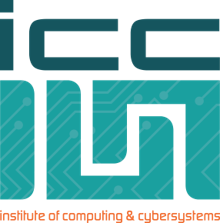




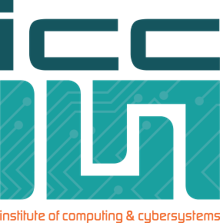
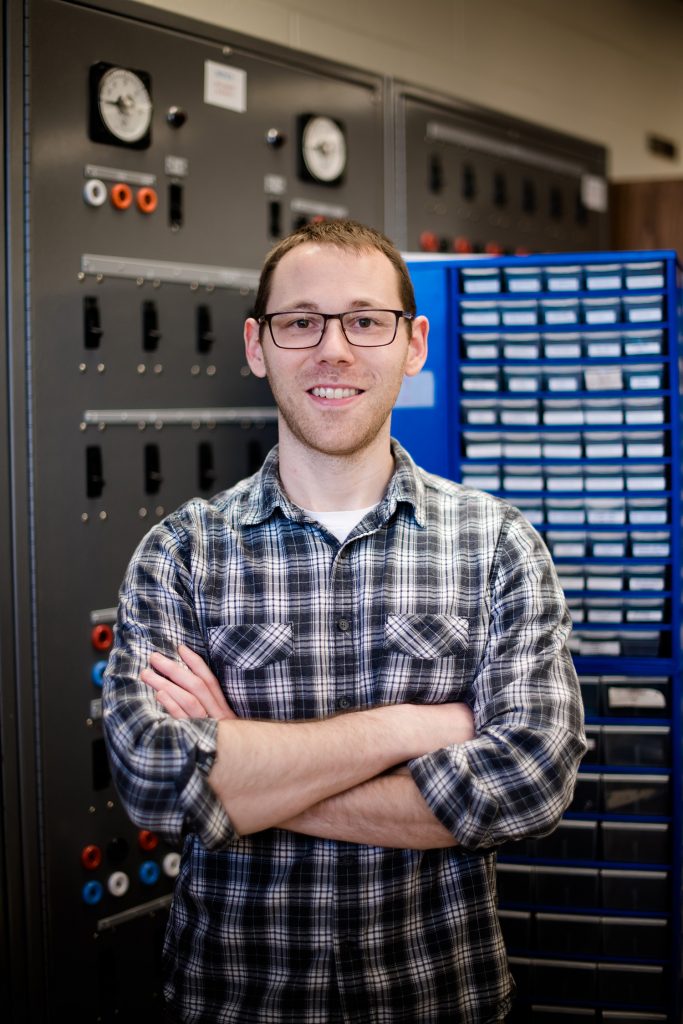



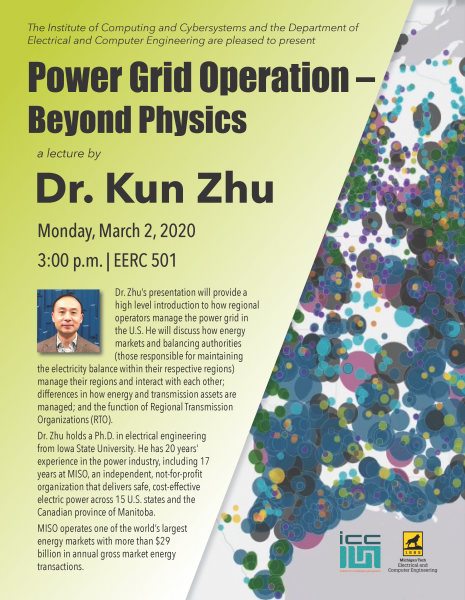
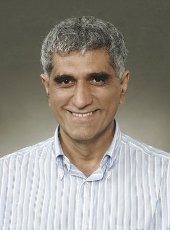
 Zhuo Feng (ECE/ICC) is Principal Investigator on a project that has received a $500,000 research and development grant from the National Science Foundation. This potential three-year project is titled, “SHF: Small: Spectral Reduction of Large Graphs and Circuit Networks.”
Zhuo Feng (ECE/ICC) is Principal Investigator on a project that has received a $500,000 research and development grant from the National Science Foundation. This potential three-year project is titled, “SHF: Small: Spectral Reduction of Large Graphs and Circuit Networks.” Tim Havens (CS/ICC) coauthored the article, “Enabling Explainable Fusion in Deep Learning with Fuzzy Integral Neural Networks,” which was accepted for publication in the journal
Tim Havens (CS/ICC) coauthored the article, “Enabling Explainable Fusion in Deep Learning with Fuzzy Integral Neural Networks,” which was accepted for publication in the journal